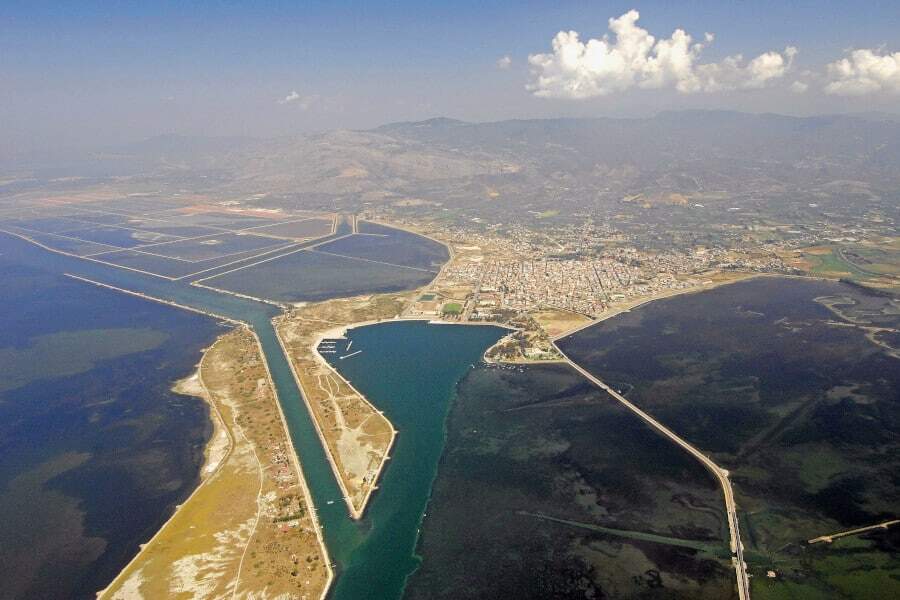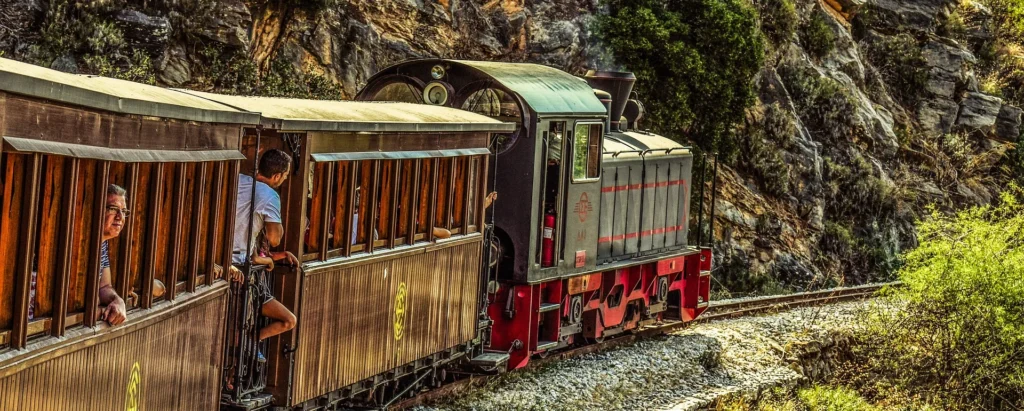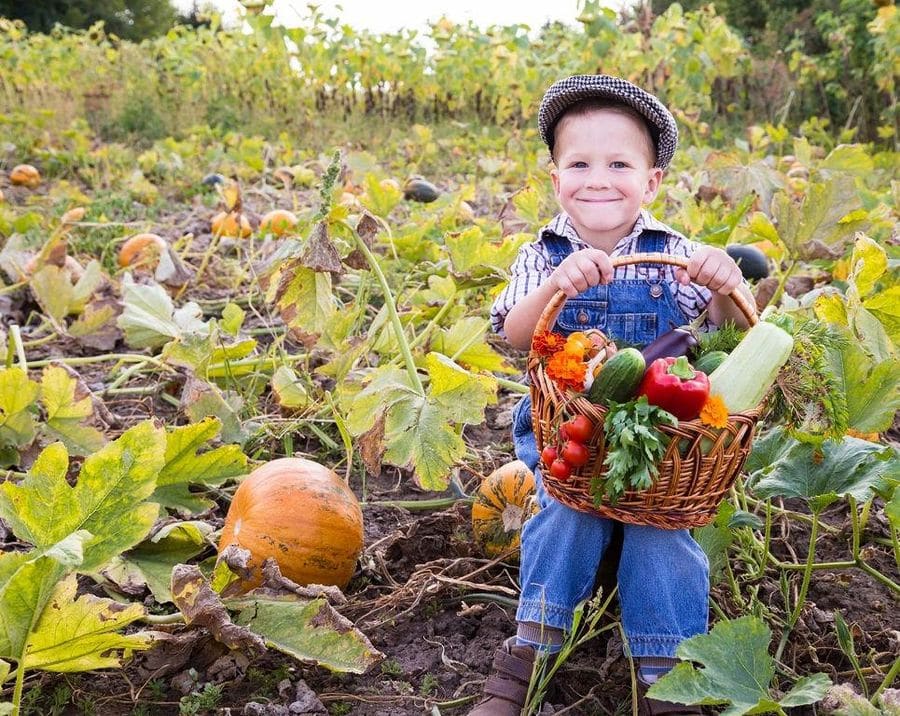Messolonghi, the Holy City as it has been called, is identified as no other Greek city with the liberation struggle of 1821. Its residents resisted the attacks of the Ottoman Empire in 1822 and 1823 without surrendering.
A third attack commenced in April 1825. After a prolonged state of siege, soldiers and unarmed citizens were unable, due to lack of food, to sustain their defence against Turkish and Egyptian troops and began the “exodus from Messolonghi” in 1826. The event resulted in enormous civilian casualties and had a major impact by causing a powerful emotional reaction in Europe, which in turn benefited the Greek struggle.
Gastronomy
The gastronomy of Messolonghi is based on the wide variety of fish so generously offered by the Amvrakikos gulf and the lagoon of Messolonghi.
The Lagoon of Messolonghi is a natural paradise and a source of wealth for the area’s inhabitants. It produces products with a unique identity and inspires imaginative dishes.
Messolonghi PDO roe (avgotaraho- bottarfa) is an internationally recognized product that inspires top chefs.
Cleaned of its enclosing protective wax, it is served in delicate slices with olive oil and lemon on thin slices of toast. It combines wonderfully in various dish recipes, which it enriches, such as with white wine or tsipouro.
The Lagoon is ideal for many species of eels and is considered among the tastiest in Europe. They vary in size and weight and are an exportable product. Messolonghi and Aetoliko are cooked in many ways: in the oven, in the pot, salted and grilled, fried, or on a spit.
Salted fish abound in the area, including annular seabream, gilt-headed bream, and eels. Specially salted annular seabreams are a famous delicacy of great gastronomic value. Salting occurs mainly in winter when the fish are fatter.
Crustaceans exude a fresh-sea fragrance of iodine and support the area’s delicious cuisine. Τhese include havara (Chamelea gallina is a species of small saltwater clam), as well as gialemia, clams, fried mussels, gambari yachni (steamed prawns), and kerathoura, a local red-brown shrimp. The show is stolen by the aromatic dishes where crabs are fried with rice, onion and dill, and the vassilokavoures (‘king crabs’) that are eaten roasted.
Of course, there are the fish that are cooked as the first dish, such as the bafa (flathead grey mullet), Kapama, the mullet savour, the sea bream and the sea bass with garlic, potatoes and a spicy sauce, fried cuttlefish, Linda, that is, small fried sea bream, extinguished with vinegar and red sauce.
Another great treasure of the Lagoon is sea salt. There are two salt pans, Aspri and Tourlida. Harvesting is done mechanically in Aspri Aliki and in the traditional way in Tourlida.
A unique product not to miss is the Agrinio Conservolia, a variety of olives from the demarcated geographical zone of the provinces of Trichonida, Messolonghi—Nafpaktia, Xiromeros, and Valtos.




